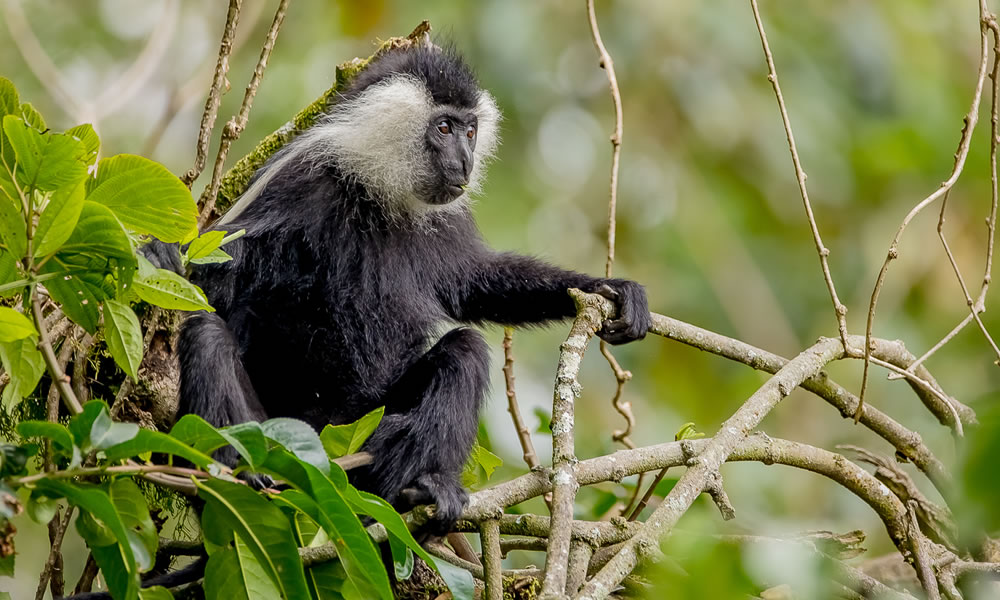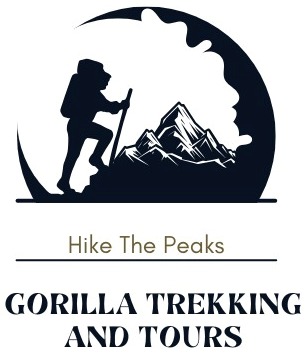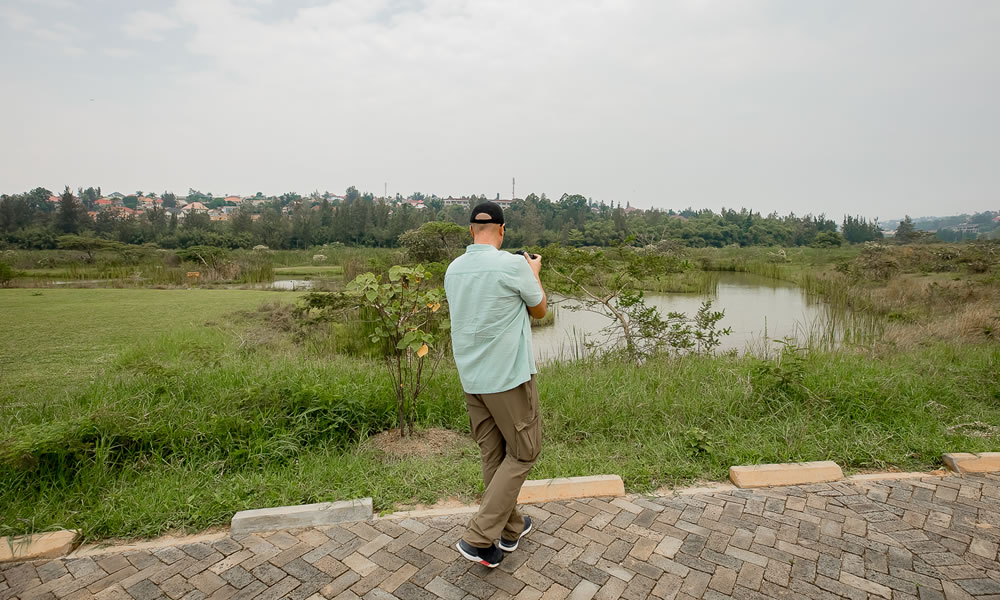Colobus Monkey Tracking in Nyungwe Forest

Located in the southwestern highlands of Rwanda, Nyungwe Forest National Park stands as one of Africa’s most pristine montane rainforests and home to one of the continent’s most spectacular primate tracking experiences. The park’s crown jewel activity, colobus monkey tracking, offers visitors an extraordinary opportunity to observe some of the world’s largest troops of Angolan colobus monkeys in their natural habitat. This comprehensive guide explores everything you need to know about colobus monkey tracking in Nyungwe Forest, from the remarkable primates themselves to practical planning tips for an unforgettable adventure.
Understanding the Angolan Colobus Monkeys
The Angolan colobus (Colobus angolensis), also known as the Angolan black-and-white colobus, represents one of Nyungwe Forest’s most charismatic inhabitants. These striking primates are distinguished by their dramatic black and white coloration, with long, flowing white mantles that cascade from their shoulders like elegant capes. Adult colobus monkeys can reach lengths of up to 70 centimeters, with their spectacular tails adding another 80 centimeters to their impressive stature.
What makes Nyungwe’s colobus population truly exceptional is their social structure. The forest hosts troops containing up to 400 individuals, making them among the largest colobus troops recorded anywhere in Africa. These arboreal acrobats spend most of their lives in the forest canopy, moving through the trees with remarkable agility using their powerful limbs and long tails for balance. Unlike many primates, colobus monkeys lack thumbs, an adaptation that enhances their ability to swing through branches with hook-like grips.
The Angolan colobus plays a crucial ecological role in Nyungwe Forest as seed dispersers, helping maintain the forest’s incredible biodiversity. Their diet consists primarily of leaves, fruits, and flowers, with their specialized stomachs capable of digesting tough plant materials that other primates cannot process. This dietary specialization makes them vital contributors to forest regeneration and ecosystem health.
The Colobus Tracking Experience
Colobus monkey tracking in Nyungwe Forest begins early in the morning, typically around 5:00 AM, when experienced guides lead small groups of visitors into the forest’s depths. The tracking experience differs significantly from traditional gorilla tracking, as colobus monkeys are more active and mobile throughout the day. Trackers must be prepared for a dynamic adventure that may involve following troops as they move through the forest canopy in search of food.
The tracking process itself is an educational journey through one of Africa’s oldest rainforests. Guides share fascinating insights about colobus behavior, forest ecology, and conservation efforts while navigating well-maintained trails and occasionally venturing off-path to follow monkey movements. The experience typically lasts between two to four hours, depending on the location of the troops and their activity levels.
When trackers successfully locate a colobus troop, the sight is genuinely breathtaking. Watching hundreds of black and white primates leaping gracefully through the canopy, their white mantles flowing like silk scarves, creates an almost magical atmosphere. The cacophony of calls, rustling leaves, and occasional crashes as monkeys leap between trees provides an immersive soundtrack to this remarkable wildlife encounter.
Planning Your Colobus Tracking Adventure
Successful colobus monkey tracking requires careful planning and preparation. The activity is available year-round in Nyungwe Forest, though the dry seasons from June to September and December to February generally offer the most favorable tracking conditions. During these periods, trails are less muddy, and monkey visibility may be enhanced due to reduced vegetation density.
Colobus tracking permits cost $90 per person and can be obtained through the Rwanda Development Board or authorized tour operators. Unlike gorilla permits, colobus tracking permits are generally more readily available, though advance booking is still recommended, especially during peak tourist seasons. Groups are limited to eight people per tracking session, ensuring an intimate and minimally disruptive experience for both visitors and primates.
Physical fitness requirements for colobus tracking are moderate but should not be underestimated. The activity involves hiking through mountainous terrain at altitudes ranging from 1,600 to 2,950 meters above sea level. Participants should be prepared for steep ascents and descents on sometimes challenging terrain, though the trails are generally well-maintained and suitable for reasonably fit individuals.
Essential Preparation and What to Bring
Proper preparation significantly enhances the colobus tracking experience. Sturdy, waterproof hiking boots with good ankle support are essential, as trails can be muddy and uneven. Long-sleeved shirts and pants in neutral colors help protect against insects and vegetation while avoiding bright colors that might disturb wildlife. A lightweight rain jacket is crucial, as Nyungwe’s weather can change rapidly.
Photography enthusiasts should bring cameras with good zoom capabilities, as colobus monkeys often remain high in the canopy. Binoculars enhance wildlife viewing opportunities and help spot other forest inhabitants like birds and smaller primates. A small daypack with water, energy snacks, and any personal medications ensures comfort throughout the tracking experience.
Conservation Impact and Community Benefits
Colobus monkey tracking in Nyungwe Forest represents more than just a tourist activity; it serves as a vital conservation tool and community development initiative. Revenue generated from tracking permits directly supports park management, anti-poaching efforts, and research programs that monitor colobus populations and forest health. This sustainable tourism model demonstrates the economic value of preserving Rwanda’s natural heritage.
Local communities surrounding Nyungwe Forest benefit significantly from colobus tracking through employment opportunities as guides, porters, and in tourism-related services. Many guides are former poachers who have transitioned to conservation roles, creating powerful ambassadors for wildlife protection. The activity also raises awareness about the importance of forest conservation and the threats facing Rwanda’s primate populations.
Research conducted during tracking activities contributes to scientific understanding of colobus behavior, population dynamics, and habitat requirements. This information proves invaluable for developing effective conservation strategies and ensuring the long-term survival of these remarkable primates.
Beyond Colobus Tracking
While colobus monkeys are Nyungwe’s star attraction, the forest offers numerous complementary activities that enhance any visit. Chimpanzee tracking provides opportunities to encounter Rwanda’s other major primate species, while canopy walks offer unique perspectives of the forest ecosystem from suspended bridges 70 meters above the ground. Bird watching enthusiasts can spot over 310 species, including numerous Albertine Rift endemics.
Nature walks reveal Nyungwe’s incredible botanical diversity, with over 1,068 plant species recorded in the park. Waterfall hikes lead to spectacular cascades, while cultural visits to nearby communities provide insights into traditional Rwandan life and the relationship between people and forests.
Colobus monkey tracking in Nyungwe Forest offers an unparalleled opportunity to witness one of Africa’s most spectacular primate gatherings while contributing to crucial conservation efforts. This remarkable experience combines wildlife viewing, environmental education, and adventure travel in one of the continent’s most pristine forest ecosystems. For visitors seeking authentic African wildlife encounters beyond the traditional safari experience, colobus tracking in Nyungwe Forest provides memories that last a lifetime while supporting the preservation of Rwanda’s natural treasures for future generations.



